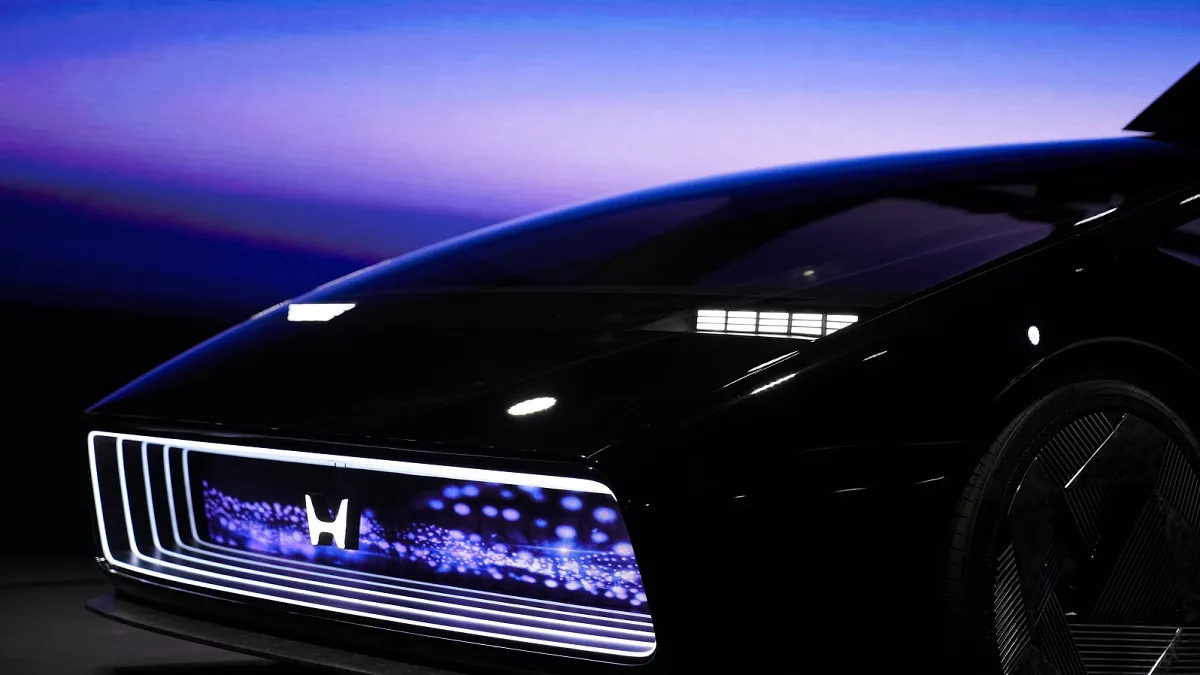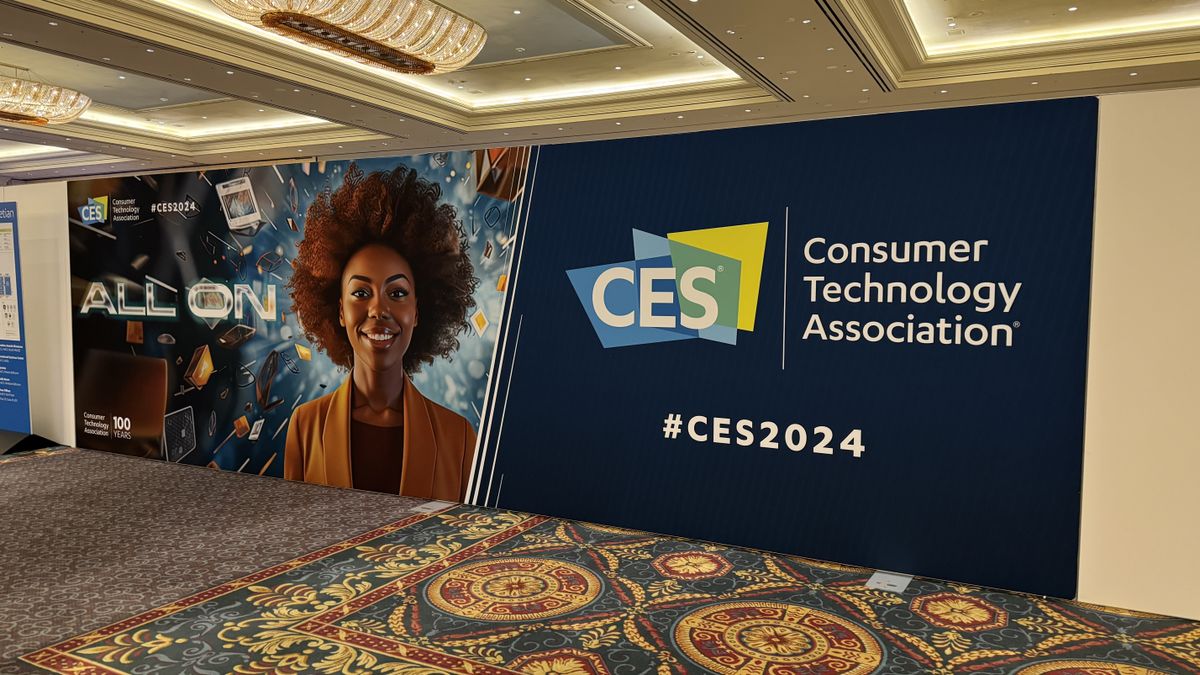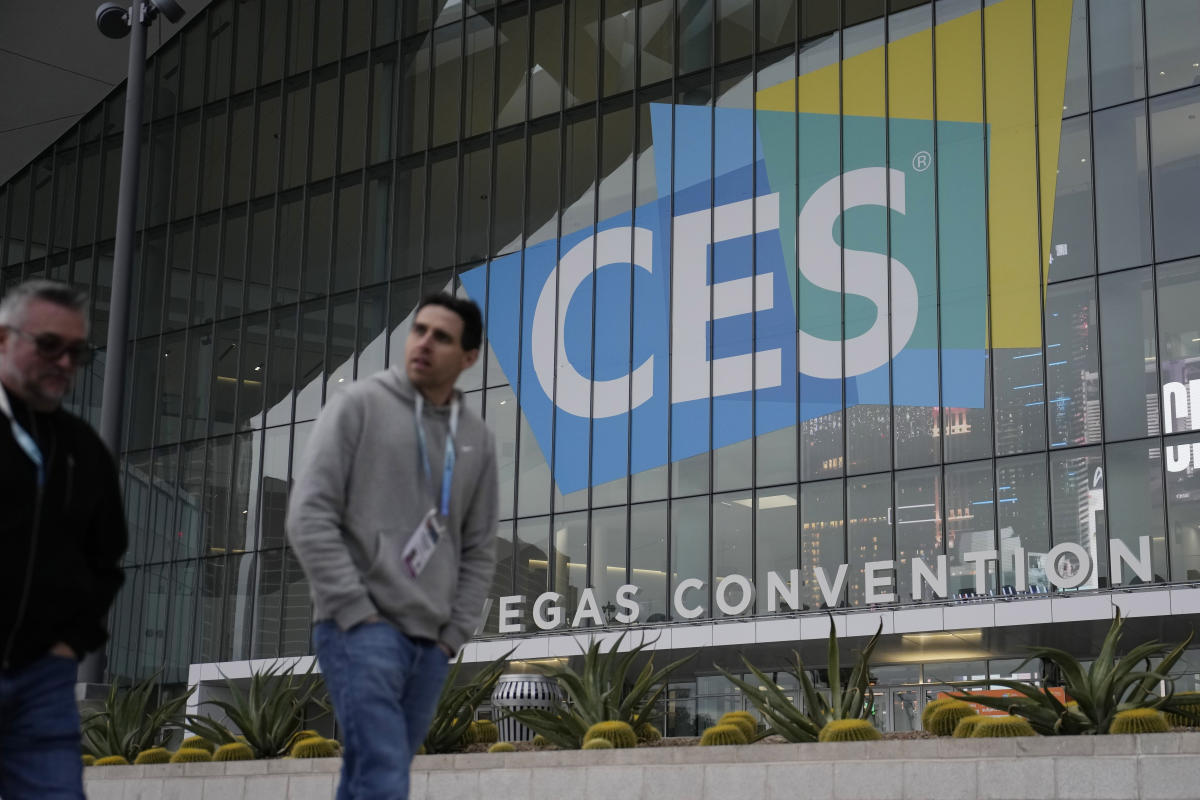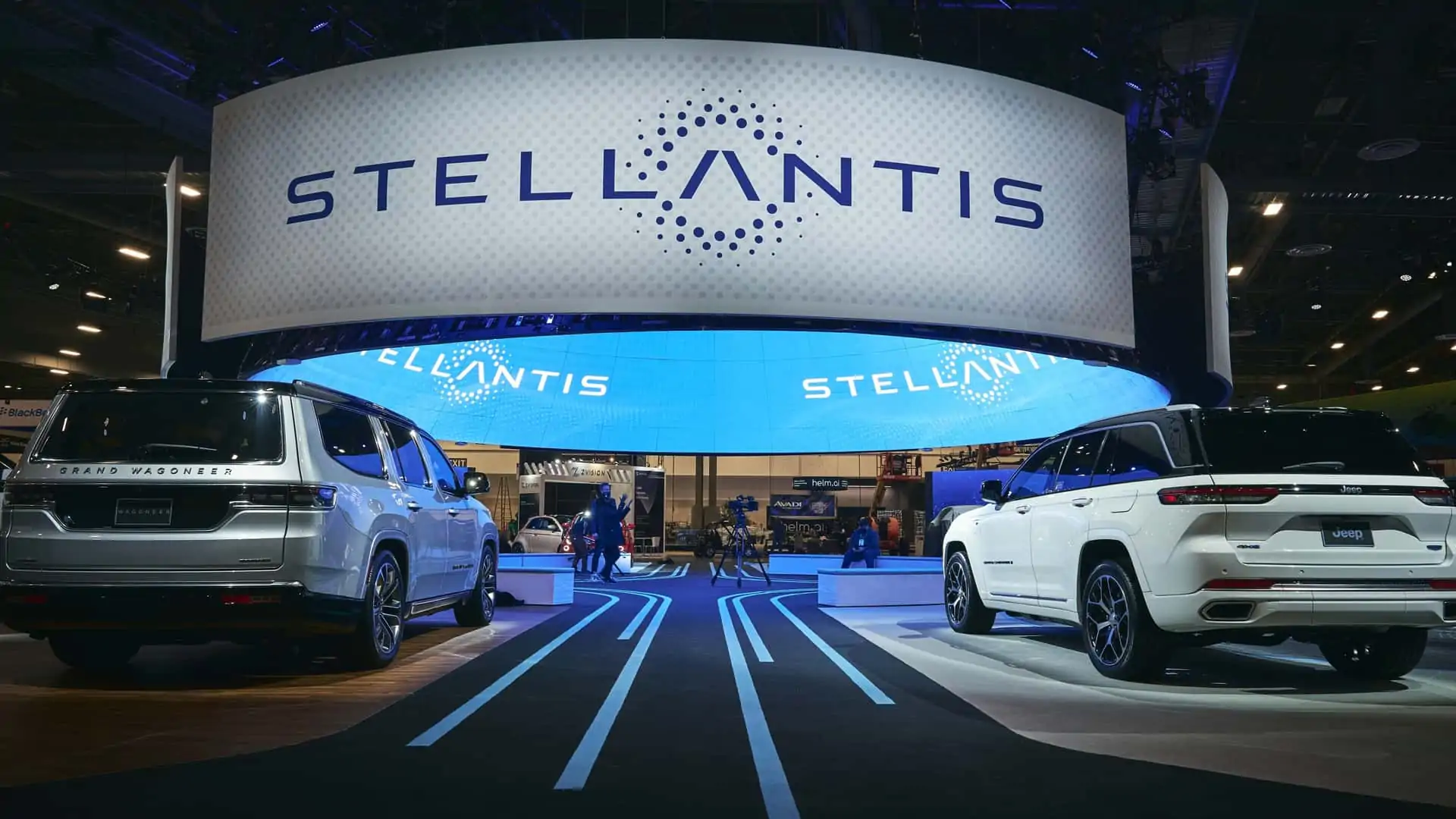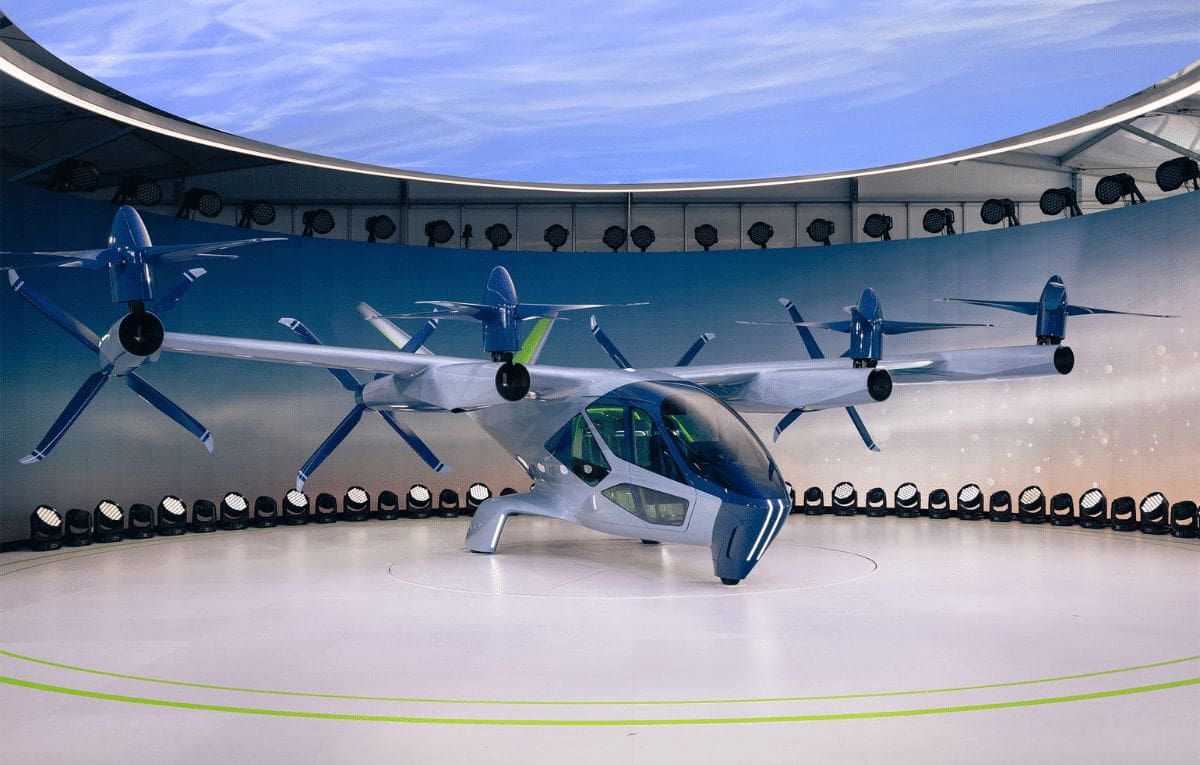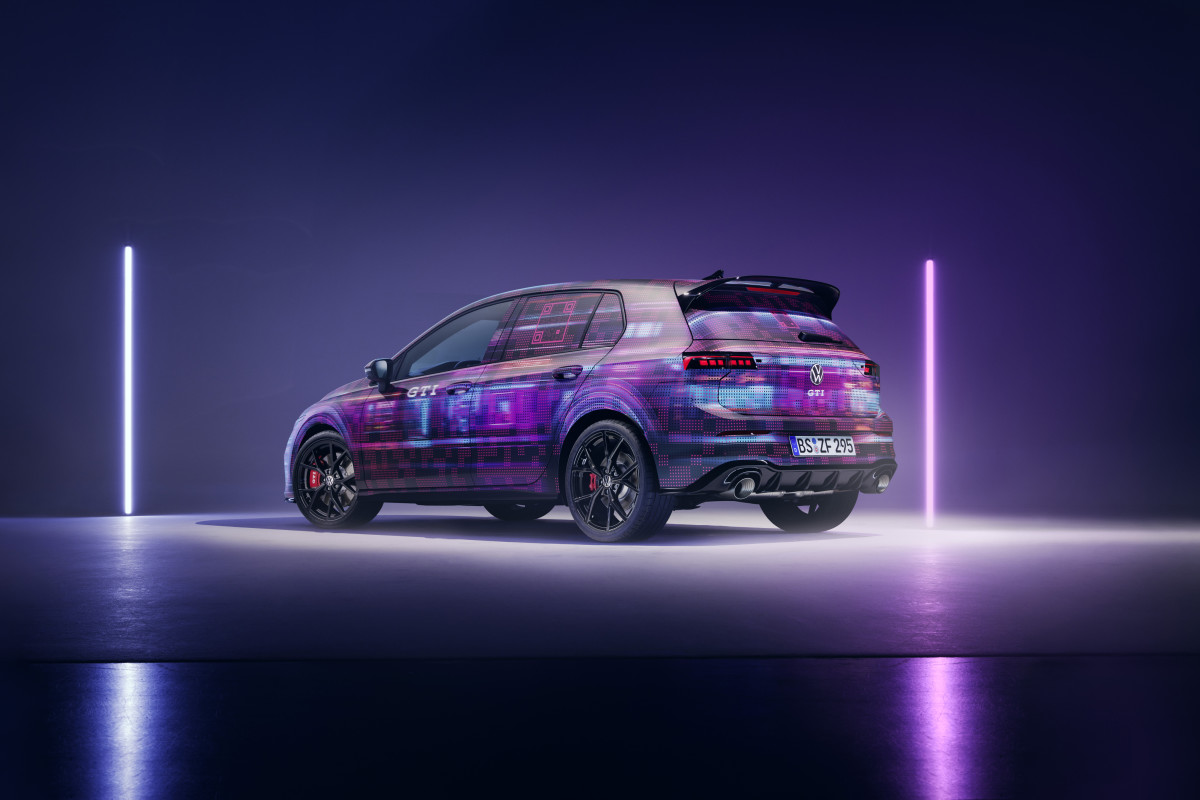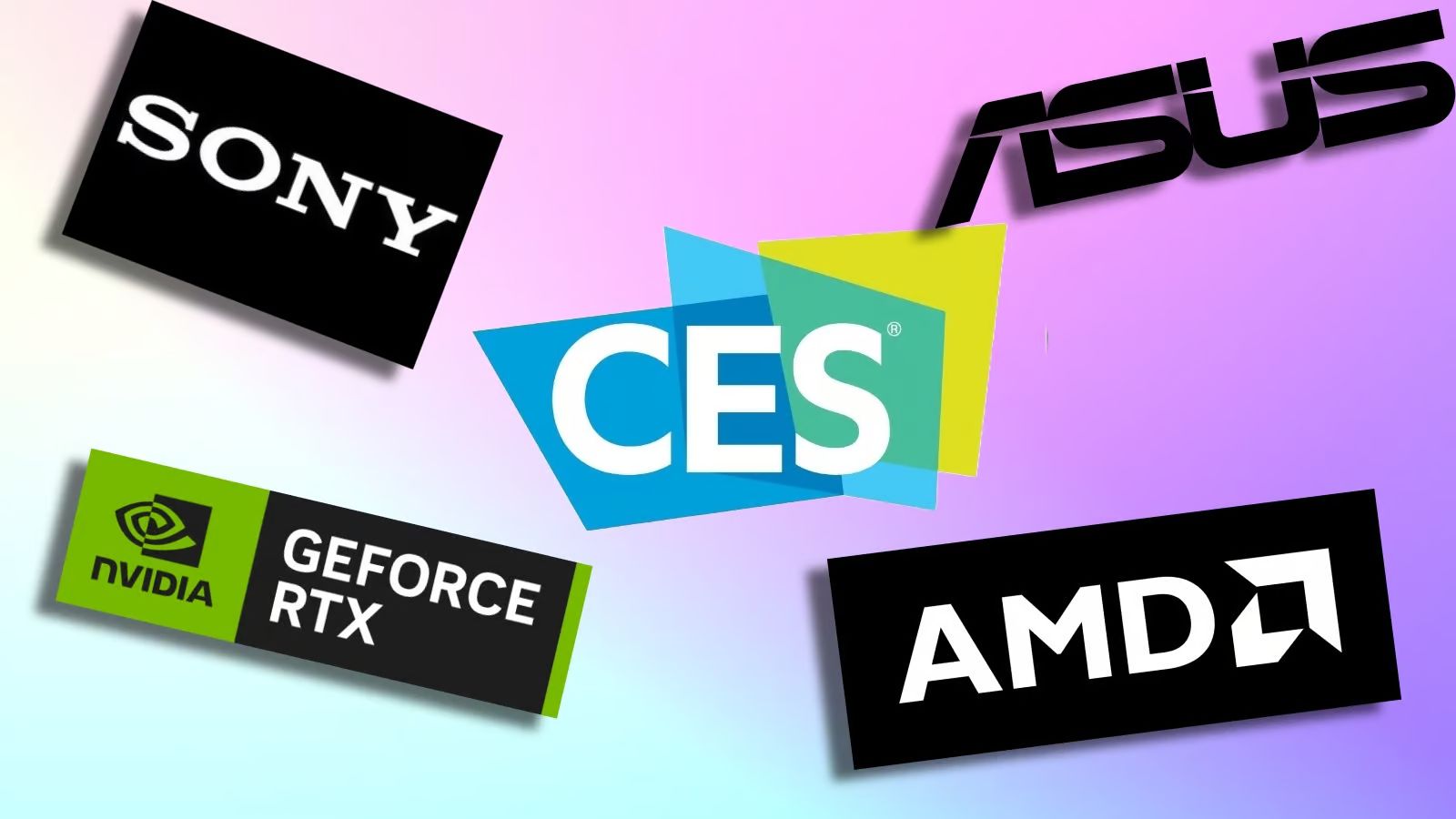Eye-tracking technology has been a prominent safety feature in cars, but Bosch is exploring additional potential applications for this technology. At CES 2024 in Las Vegas, the company presented two intriguing concepts that extend beyond the traditional safety focus.
Key Takeaway
Bosch showcases innovative uses of in-car eye-tracking technology beyond safety, aiming to enhance driver well-being and provide contextual information during journeys.
Enhancing Driver Experience
Bosch’s first concept involves the car detecting signs of driver drowsiness. In response, the vehicle offers to prepare an espresso upon the driver’s arrival at home. This innovative feature aims to enhance the driver’s well-being and alertness, demonstrating Bosch’s commitment to improving the overall driving experience.
Contextual Information and Engagement
The second concept introduces the idea of using eye-tracking technology to identify the driver’s points of interest during the journey. By recognizing where the driver directs their gaze, the car can provide relevant contextual information. For example, it may offer details about nearby restaurants or provide historical facts about landmarks, enriching the driving experience with engaging and informative content.
Challenges and Opportunities
While these concepts hold promise, they also pose challenges. For instance, the practicality of offering an espresso when the driver is drowsy at night may require further consideration. Similarly, accurately interpreting a driver’s gaze to provide relevant information presents technical complexities.
Implementation and Future Direction
As Bosch primarily serves as a supplier, the ultimate decision regarding the integration of these ideas rests with automakers. The company’s proposals serve as a starting point, leaving room for automakers to tailor and expand upon these concepts. This could potentially lead to diverse applications of the technology across different vehicle models.
Considerations and Ethical Implications
Stefan Buerkle, President of Cross-Domain Computing Solutions at Bosch USA, acknowledges the potential ethical considerations associated with leveraging eye-tracking data for advertising purposes. While he highlights the need to avoid increasing driver distraction, he also recognizes the possibility of leveraging this technology to reduce phone usage in cars by providing immediate, relevant information to the driver.
As Bosch continues to explore the multifaceted uses of in-car eye-tracking technology, the integration of these innovations into future vehicle models may shape the driving experience in unprecedented ways.








